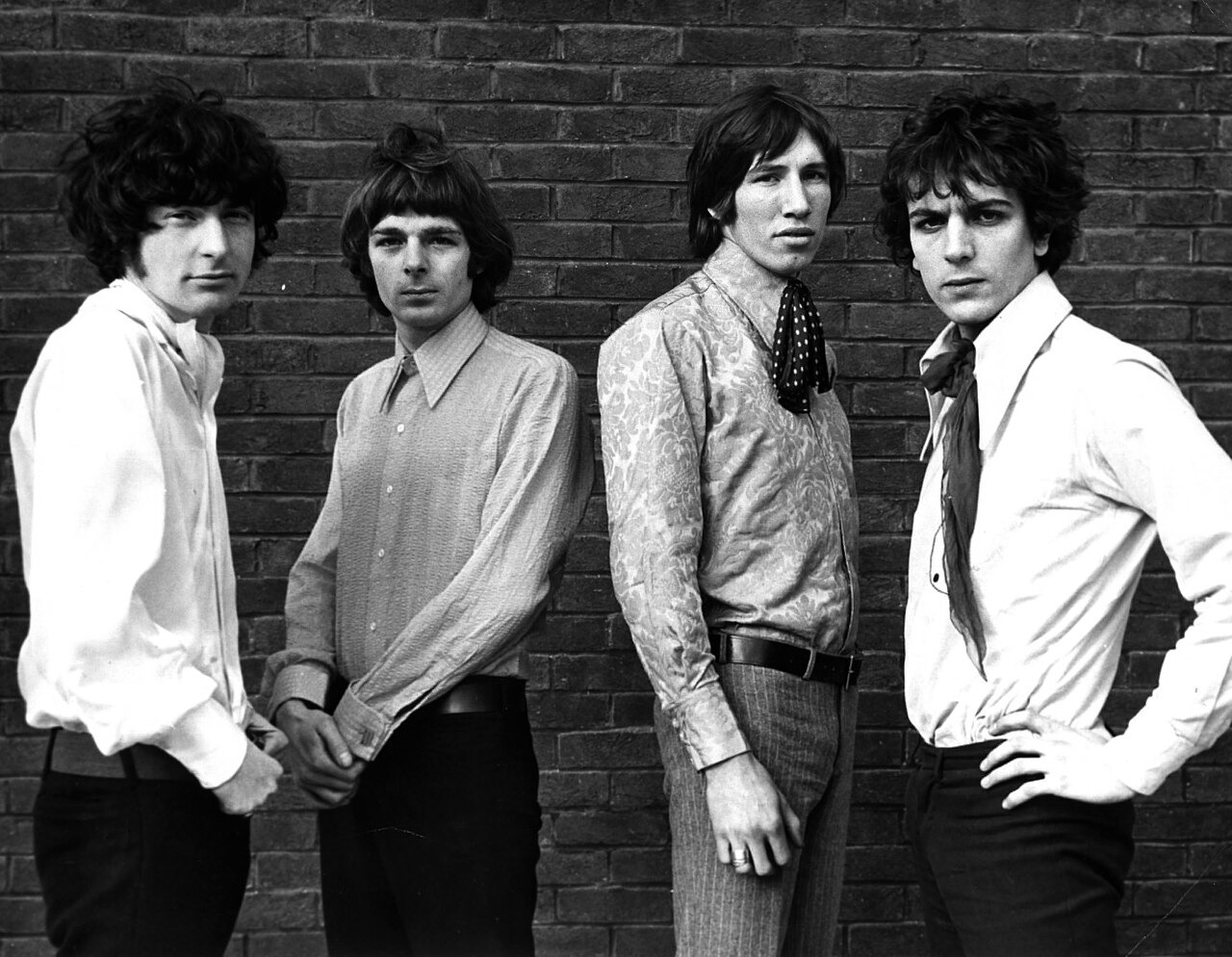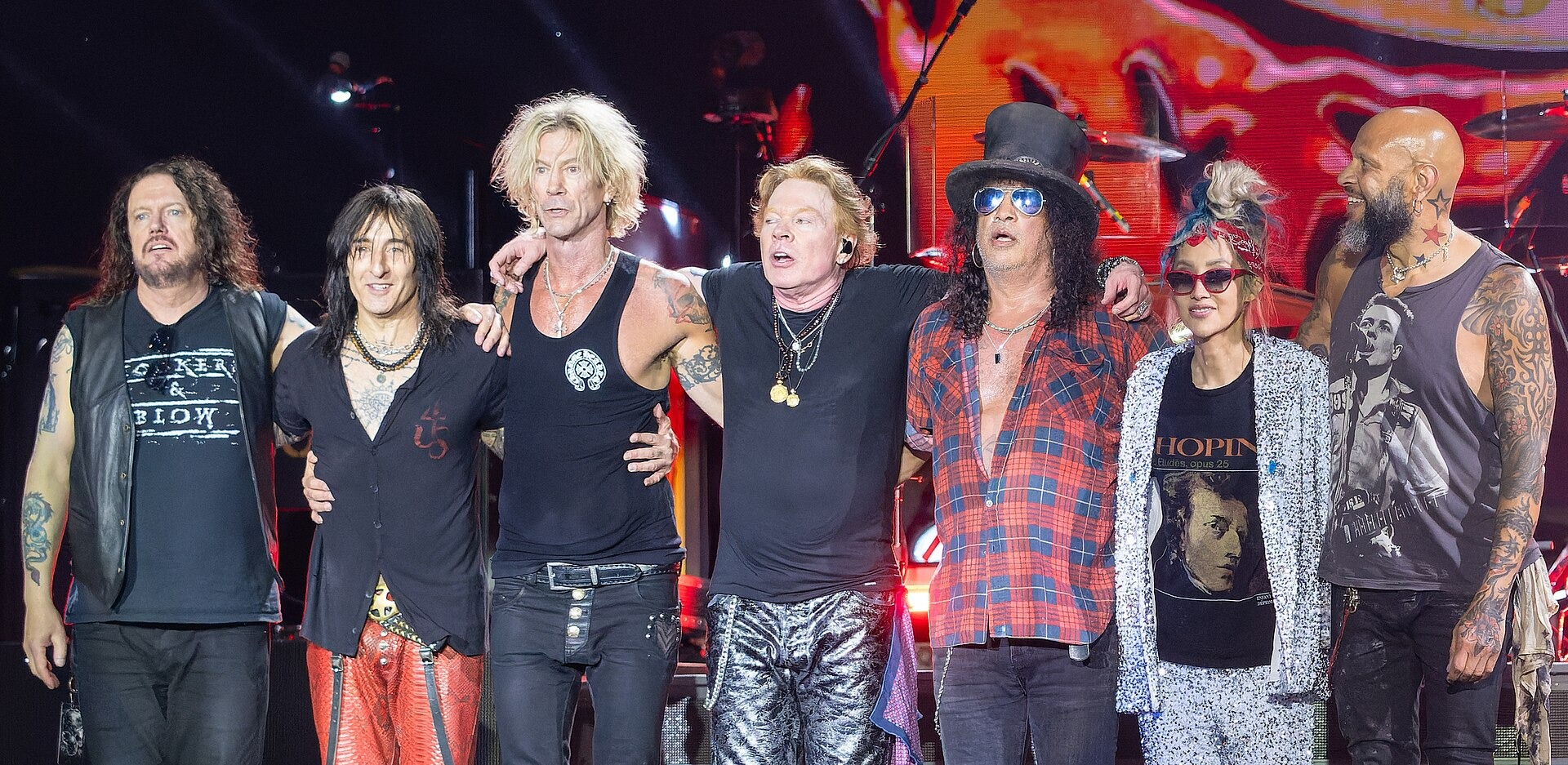
Golden gramophones don’t just materialize on stage—they emerge from a fascinating cultural algorithm running on industry politics, artistic merit, and the mysterious alchemy of what makes a song resonate across generations. Every tearful acceptance speech masks a complex ecosystem of committees, voting blocs, and unspoken rules that determine which artists get their moment. Understanding this machinery doesn’t diminish the magic; it helps us appreciate why certain sounds become the soundtrack to our collective memory while others fade into obscurity.
The Secret Committees: Music’s Illuminati Had a 26-Year Run
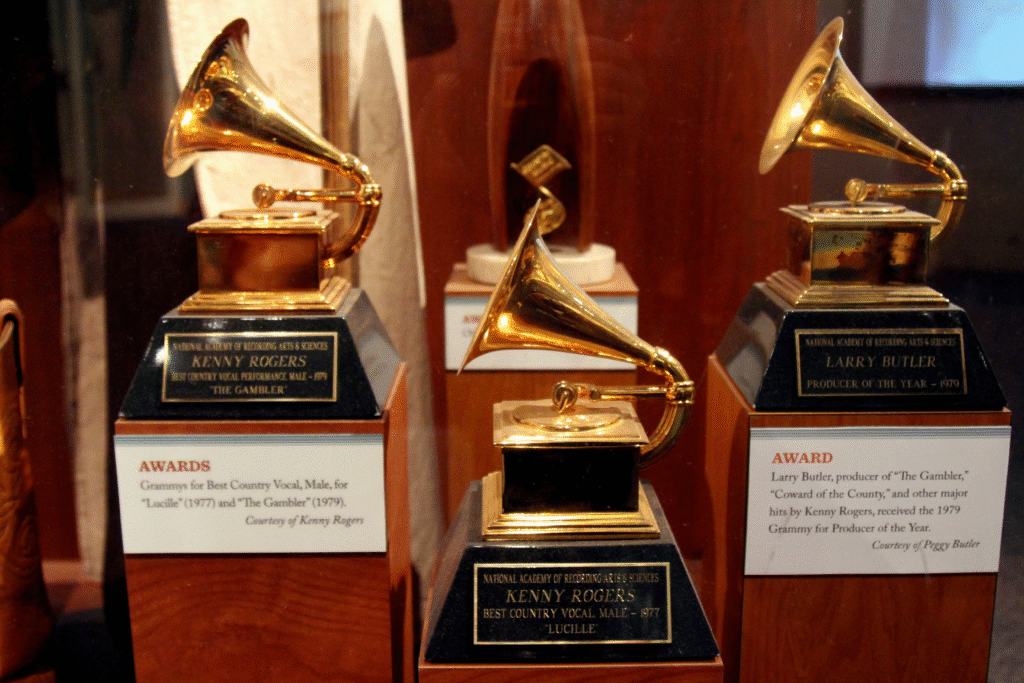
Anonymous industry veterans wielded extraordinary power from 1995 until 2021, making final decisions on nominations for the “Big Four” categories like music’s version of the Supreme Court. These shadowy panels operated with zero transparency, resembling those Succession board meetings where powerful figures make career-defining decisions while artists wait for the verdict.
Originally designed as quality control against popularity contests, the committees eventually became lightning rods for criticism. The Weeknd’s complete shutout despite having 2020’s biggest hits finally broke the dam of public patience. Artists couldn’t stomach watching unnamed insiders override the obvious anymore. After mounting pressure about bias and backdoor dealing, the Academy pulled the plug, shifting to a more democratic process that relies on the full voting membership. The question lingers: did they solve the problem, or just change how it manifests?
Diversity in the Voting Body: New Voices, New Winners

Thousands of new female members and significantly more voters of color have joined since 2019, fundamentally shifting the Academy’s demographic landscape. This isn’t just statistical window dressing—these changes directly influence which artists receive nominations and ultimately take home trophies.
Academy reports show substantial diversification efforts, creating a voting base that better reflects contemporary music consumption patterns. Artists previously dismissed as “too niche” or “too urban” (a term the Grammys themselves retired) are finally getting recognition they’ve deserved for years. The transformation from an institution that once gave Best New Artist to Starland Vocal Band over Boston to one that might actually recognize innovation when they hear it represents seismic cultural progress.
2015: Beck’s Upset Victory and the Great Pop Vote Split

Mathematical chaos erupted when Beck’s melancholy “Morning Phase” claimed Album of the Year, beating Beyoncé’s self-titled visual album and Sam Smith’s soulful debut. The collective gasp was audible even over Kanye West’s protests, creating one of the ceremony’s most talked-about moments.
Music industry observers widely suggested that mainstream pop nominees cannibalized each other’s support, creating a lane for Beck’s more traditional, instrument-driven sound to sneak through. Vote splitting resembles what happens in crowded primary elections—when similar candidates divide their base, the outlier walks away with the prize. Beck’s victory reinforced the Grammys’ reputation for unexpected results when multiple strong contenders from similar genres face off, proving that sometimes it’s about mathematics, not just merit.
2016: Taylor Swift’s Pop Transformation Pays Grammy Dividends
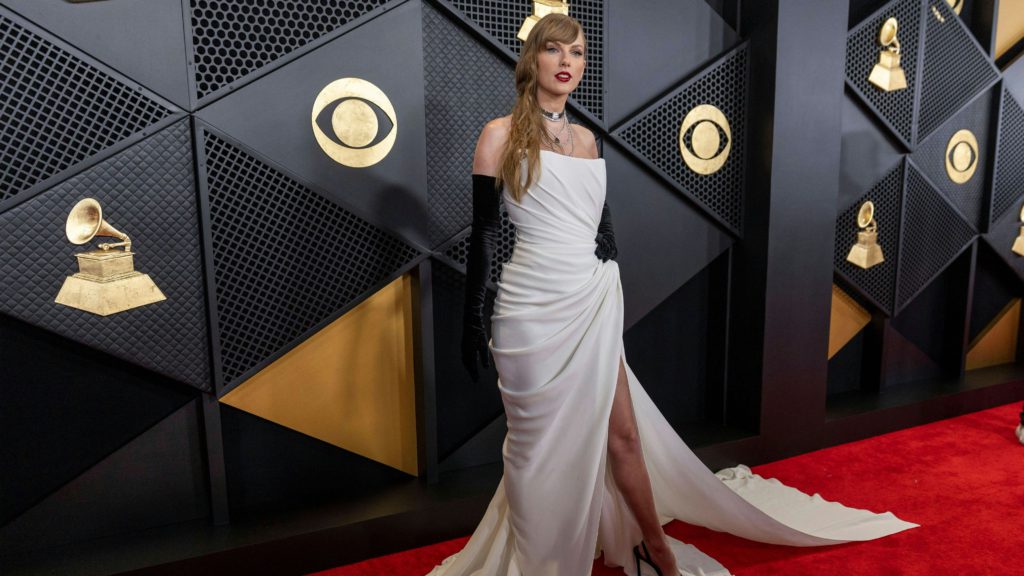
Strategic genre-hopping earned Taylor Swift the ultimate validation when “1989” captured Album of the Year, besting Kendrick Lamar’s critically acclaimed “To Pimp a Butterfly.” Her deliberate transition from country princess to pop powerhouse created a compelling narrative that Grammy voters couldn’t resist.
Swift demonstrated versatility that impressed Nashville veterans who remembered her roots and pop aficionados who embraced her new sound. Like a tech company successfully pivoting from hardware to software, she conquered a new genre while maintaining her songwriting credibility. The Academy historically rewards artistic risk-taking, particularly when it expands an artist’s audience rather than alienating existing fans—Swift created the perfect Grammy formula.
2017: Adele vs. Beyoncé and the Battle of Accessibility

Commercial accessibility triumphed over artistic innovation when Adele’s “25” defeated Beyoncé’s groundbreaking “Lemonade,” revealing a fundamental Grammy truth that still shapes outcomes today. Adele’s album had sold over 20 million copies before the ceremony began, appealing to the broadest possible audience with universal themes and traditional song structures.
Beyoncé’s experimental, politically charged visual album pushed boundaries in ways that challenged rather than comforted many traditional voters. Adele herself acknowledged this tension in her acceptance speech, declaring that Beyoncé deserved the award. Her moment of humility crystallized the ongoing debate about whether the Grammysshould reward what’s popular, what’s progressive, or somehow thread that impossible needle between mass appeal and artistic advancement.
2018: Bruno Mars’ Retro Pop Perfection

Meticulously crafted nostalgia proved irresistible when Bruno Mars swept the 2018 ceremony with “24K Magic,” a love letter to ’80s and ’90s R&B that demonstrated how technical excellence and throwback vibes form an unbeatable Grammy cocktail. His polished performances and danceable tracks appealed to voters more than Kendrick Lamar’s challenging “DAMN.” or Childish Gambino’s genre-bending “Awaken, My Love!”
Mars executed a perfect algorithm—identify beloved musical elements from the past, update them with modern production techniques, and deliver them with flawless precision. Grammy voters responded like they’d found their musical comfort food prepared by a Michelin-starred chef. Craftsmanship and entertainment value triumphed over experimental approaches, proving that sometimes technical mastery matters more than boundary-pushing innovation.
2019: Kacey Musgraves Bridges the Country-Pop Divide

Genre-blending mastery propelled Kacey Musgraves’ “Golden Hour” to the top prize, modernizing country music for broader audiences without sacrificing its essential character. Her approach attracted both country loyalists and pop voters who might normally skip anything with a hint of twang.
Without a dominant pop record in the category that year, Musgraves found her path to victory by occupying a sweet spot between accessibility and artistic integrity. She created a musical crossover where different voting blocs could find something to appreciate, from traditional instrumentation to psychedelic production touches. This broad appeal has become increasingly valuable in a fragmented musical landscape where genre distinctions continue dissolving.
2020: Billie Eilish Rewrites the Rulebook
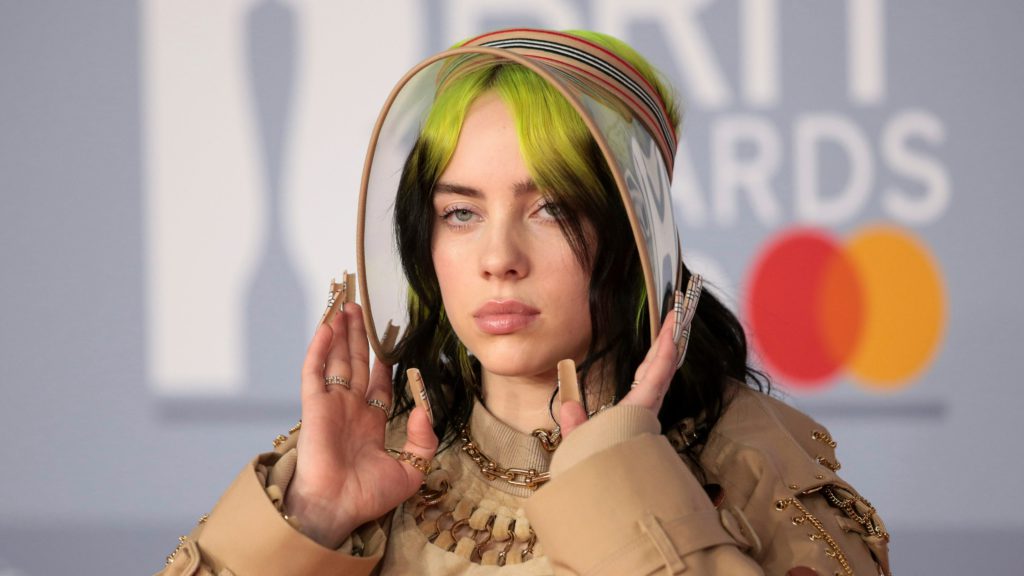
Revolutionary sounds from a teenager’s bedroom toppled industry expectations when 18-year-old Billie Eilish made Grammy history with “When We All Fall Asleep, Where Do We Go?” Her unique sonic approach appealed to engineering, rock, and alternative voters while still delivering pop hooks that couldn’t be ignored.
Age records were shattered as she swept major categories, signaling a turning point where the industry embraced new sounds and younger artists. Voters valued her authenticity and innovative approach over more established acts, suggesting that the Academy was finally catching up to the streaming-driven, genre-fluid reality of modern music consumption. Eilish didn’t just win Grammys—she helped redefine what Grammy-winning music could sound like for future generations.
2021: Taylor Swift’s Pandemic Pivot Pays Off

Surprise releases during lockdown proved that artistic reinvention still matters when Taylor Swift’s “Folklore” claimed Album of the Year, marking her successful pivot to alternative-influenced pop. After two less acclaimed albums, this unexpected direction reconnected her with rock and country voters who had drifted away during her pure pop phase.
Swift’s ability to sense cultural moments and create work that spoke directly to them impressed the Academy beyond her musical evolution. The album’s intimate, storytelling approach resonated during a time of isolation, giving it cultural relevance that transcended its musical merits. Few artists manage to reinvent themselves multiple times while maintaining Grammy favor, highlighting Swift’s unique understanding of both her craft and the industry that celebrates it.
2022: Jon Batiste’s Cross-Genre Dominance

Versatility across multiple musical traditions created an unstoppable coalition when Jon Batiste’s “We Are” triumphed against pop heavyweights like Olivia Rodrigo and Billie Eilish. Nominations spanning American Roots, Jazz, Classical, and R&B meant he appealed to diverse voter blocs that might otherwise never align on a single candidate.
Pop nominees split votes among themselves while Batiste’s broad musical expertise united different Academy factions in a way that specialists rarely manage. His victory highlighted how cross-genre artists can succeed regardless of their commercial impact compared to mainstream hits. Through his work on “The Late Show” and the film “Soul,” he demonstrated mastery across multiple musical traditions while maintaining cultural relevance—proving that sometimes the artist with the broadest vocabulary has the advantage.
2023: Harry Styles’ Breakthrough Moment

Perfect timing and compelling narrative carried Harry Styles’ “Harry’s House” past established icons like Adele and Beyoncé, demonstrating how career arc sometimes outweighs critical consensus in Grammy decisions. The Academy embraced his transformation from boy band graduate to legitimate solo artist—a journey they’ve historically rewarded when executed convincingly.
Accessible sound appealed to traditional voters while endorsements from rock veterans boosted his credibility with older Academy members. Styles occupied the perfect middle ground—innovative enough to feel current yet familiar enough to comfort voters wary of more experimental nominees. His victory wasn’t just about “Harry’s House“; it celebrated his entire evolution from teen idol to respected artist, proving that sometimes Grammy recognition comes at exactly the right moment in an artist’s story.
2024: Taylor Swift’s Historic Fourth Win

A record-breaking achievement arrived when Taylor Swift’s “Midnights” secured Album of the Year, making her the first artist to win the category four times. Beyond the album’s commercial dominance, many viewed this as recognition of her cumulative influence on music and culture, lifetime achievement disguised as a single-album honor.
The Eras Tour’s unprecedented economic and cultural impact undoubtedly amplified her presence in voters’ minds during deliberation. Swift’s fourth victory raised important questions about whether popularity and career achievement sometimes outweigh single-album merit, especially for artists who have become institutions unto themselves. Like a streaming series that wins awards partly because of previous seasons’ brilliance, this win seemed to acknowledge her entire catalog rather than just “Midnights” in isolation.









